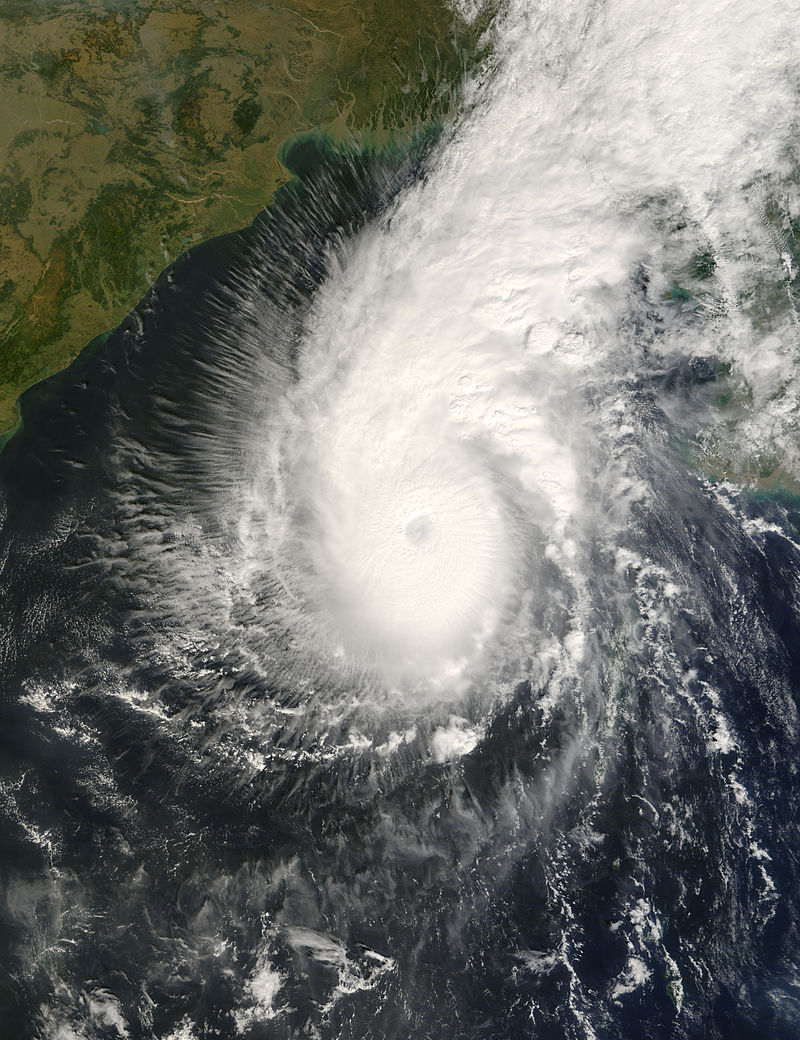
Sadly this week, we had a lot of natural disasters to choose from. There was a big oil spill near Russia, a major earthquake in Chile, South America and then the cyclone Sidr, in Bangladesh.
We picked the cyclone because it was a big disaster, but also because we wanted to explore further what cyclones are and how they occur. But first, let's discuss the events in Bangladesh.
On Thursday night at around 10 pm, a cyclone hit Bangladesh, leaving thousands of people homeless. Bangladesh, which is in Southern Asia, bordering the Bay of Bengal, India, and Burma, is always exposed to cyclones and floods because of its low-lying terrain (land). This is, however, one of the worst storms to hit the country since 1996.
However, the country was much better prepared this time, than it had been during the last big one. Over 1.5 million people had been moved to shelters and are safe. While over 2.5 million people have been affected, so far only 3,000 have been deaths have been reported.

Though the death toll is low, a lot of people lost their homes and have no food or drinking water. Countries around the world are trying to help, but the biggest issue for aid workers is getting supplies to remote areas where the roads have been destroyed. They are trying their best to reach everyone by dropping supplies via helicopters. With all their crops destroyed by the cyclone, the people of Bangladesh will need help for a long time in order survive this disaster.
A cyclone is the same thing as a hurricane, but they are called different names in different places. In the Northern Hemisphere they are called hurricanes or typhoons, while in the Southern Hemisphere, they are called cyclones.
So how do these occur? The large revolving tropical storms are caused by winds blowing around a central area of low atmospheric pressure. They develop over warm waters because the warmth creates low-pressure air. The air rises quickly, becomes saturated with moisture and forms thunderclouds. Cold air fills up the space created by the rising air. Because the earth is always spinning on its axis, it causes the winds to start rotating faster and faster and become bigger in diameter, sometimes thousands of kilometers. As it gains speed and strength, it moves and sometimes ends up hitting land masses.
While weather forecasters can predict quite accurately when and how big these hurricanes or cyclones can get, like any other natural disaster there is nothing we do to prevent them from happening, except be prepared.
Sources: Wikipedia.org, iht.org